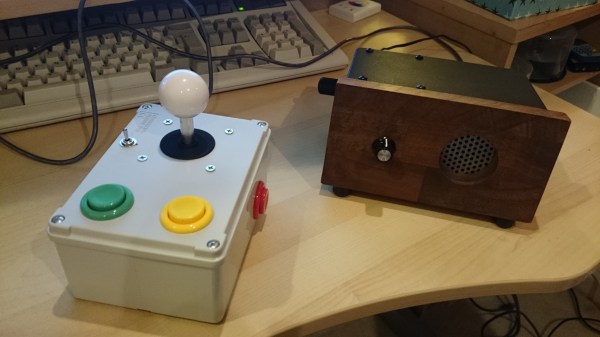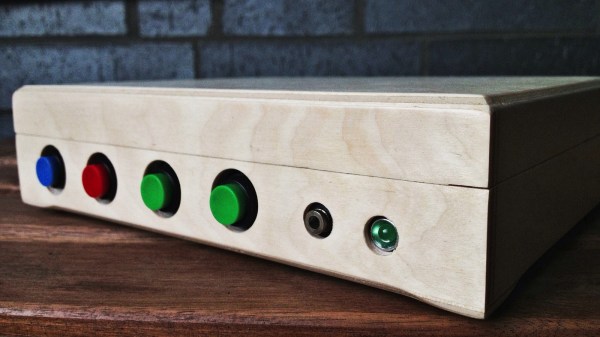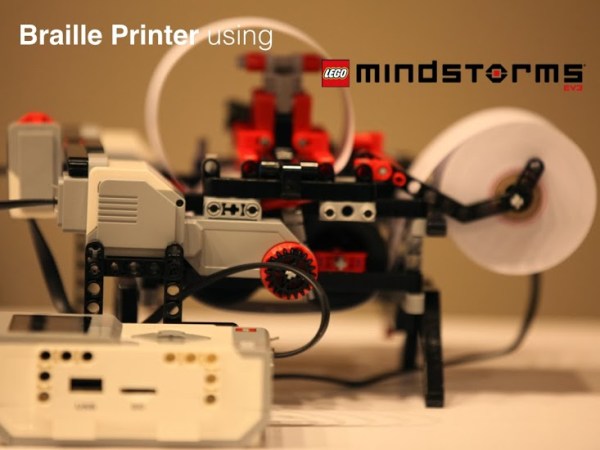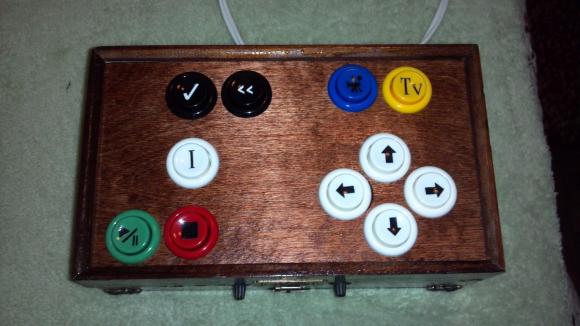[Hari Wiguna’s] father is ninety years young. He started having trouble pushing the buttons on his TV remote, so [Hari] decided to build a custom remote that just has the buttons his dad needs. Oh, and the buttons are big.
There are a few interesting things about this project. [Hari] wanted to maximize battery life, so he went through a good bit of effort to keep the processor asleep and minimize power consumption. The remote is programmable, but [Hari] didn’t have access to his dad’s remotes. His answer was elegant. He used his Android phone to mimic the required remotes and provided a way for the remote to learn from another remote (in this case, the phone).
Continue reading “Just Don’t Call It An Old Remote”

















